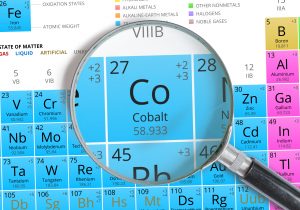For many years my clients with failing artificial hips have asked me about the health effects of high cobalt and chromium levels in the body. These questions usually arise after clients get blood work done and the test reveals abnormally high metal levels. If you are reading this article, you probably already know that cobalt and chromium are two metals used in the construction of most metal-on-metal (MoM) artificial hip systems. In fact, cobalt and chromium are used to make artificial hips that are not metal-on-metal but instead use polyethylene liners, or ceramic heads, or other non-metal components. When metal components grind together, as they naturally do when a MoM artificial hip is implanted in a person, very small metal particles can be released into the tissue and the bloodstream. I wrote about the health effects of metallosis on the body over a year ago. You can check out that article here.

Dr. Steven Tower, an orthopedic surgeon in Alaska, recently gave a fascinating (and alarming) talk about the many neurological problems he has observed in hip patients with elevated cobalt levels in the body. For years the focus following hip replacement surgeries has been on the physical condition of the hip itself. Dr. Tower has concluded that this approach is wrong, or at least incomplete, and he has seen that often the first signs of trouble with hip replacement patients are neurological symptoms. He has even given it a name: Arthroplasty Cobalt Encephalopathy, or ACE.
What is Arthroplasty Cobalt Encephalopathy (ACE)?
 North Carolina Product Liability Lawyer Blog
North Carolina Product Liability Lawyer Blog

